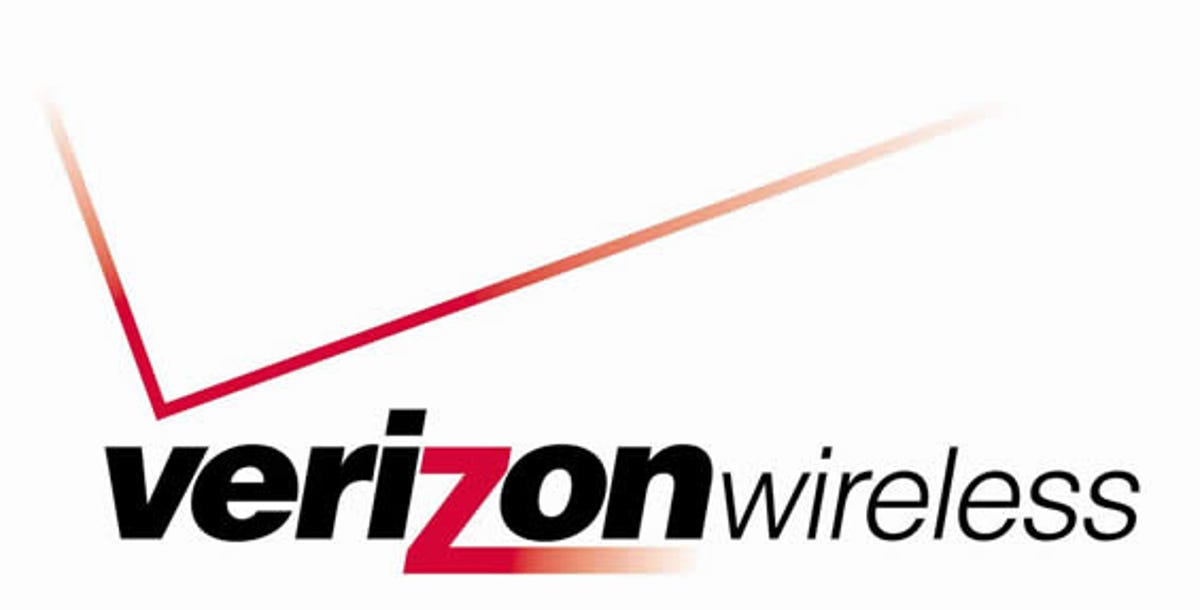
Verizon Wireless is making a quick but potentially major change to the way it handles clogged networks.
Starting October 1, Verizon will expand its Network Optimization service to 4G LTE devices. Droid-Life was first to report on the change, citing people who claim to have knowledge of the carrier’s plans. Verizon previously used Network Optimization only for 3G customers.
Verizon’s Network Optimization was first unveiled in September 2011 and claimed to have affected only a small number of the company’s customers. Verizon’s Network Optimization analyzes data usage and traffic on both the user and cell tower level, and at times will harness speeds to ensure everyone connecting to its network is able to stay up and on the Web.
Though some have called Verizon’s Network Optimization speed throttling, the company is quick to point out in an FAQ on its website that it’s nothing of the sort. Instead, Verizon argues that its technique is far more intelligent than simply throttling data speeds.
“The difference between our Network Optimization practices and throttling is network intelligence,” Verizon says. “With throttling, your wireless data speed is reduced for your entire cycle, 100 percent of the time, no matter where you are. Network Optimization is based on the theory that all customers should have the best network possible, and if you’re not causing congestion for others, even if you are using a high amount of data, your connection speed should be as good as possible.
“So, if you’re in the top 5 percent of data users, your speed is reduced only when you are connected to a cell site experiencing high demand,” the company continues on its FAQ page. “Once you are no longer connected to a site experiencing high demand, your speed will return to normal. This could mean a matter of seconds or hours, depending on your location and time of day.”
Essentially, Verizon’s Network Optimization affects only those with unlimited data plans and when both individual usage is high and a particular cell tower is experiencing heavy demand for data. Verizon pegs heavy-usage users at 4.7GB of data per month.
The big change, however, is that the service previously only affected 3G users, which made the pool of customers affected by it even smaller. With Verizon now planning to add 4G LTE users to the mix, more users could be affected.
For its part, Verizon has offered some solutions for potentially affected users. The company says that if users migrate to a More Everything plan, Network Optimization won’t affect them. In addition, users can switch to a Wi-Fi network or do a better job of managing data usage.
Update at 4:36 p.m. PT to include Verizon’s statement: Verizon has since posted a blog confirming the addition of 4G LTE devices to its Network Optimization platform. Here’s what the company had to say:
“We understand that our customers rely on their smartphones and tablets every day,” Verizon vice president Mike Haberman wrote. “Our network optimization policy provides the best path to ensure a continued great wireless experience for all of our customers on the best and largest wireless network in the US.”



